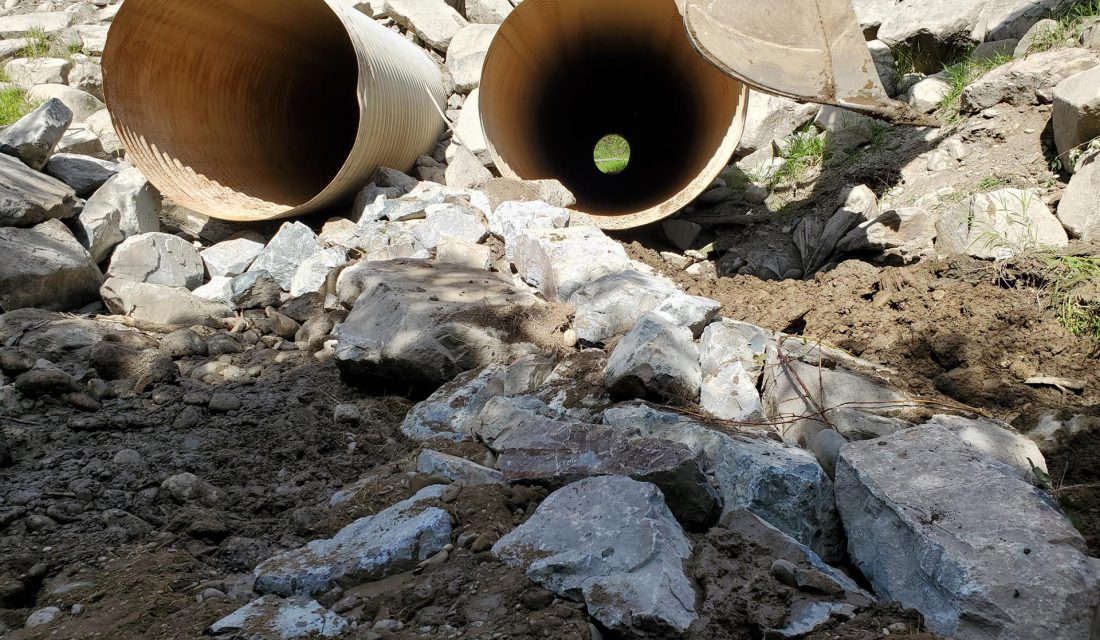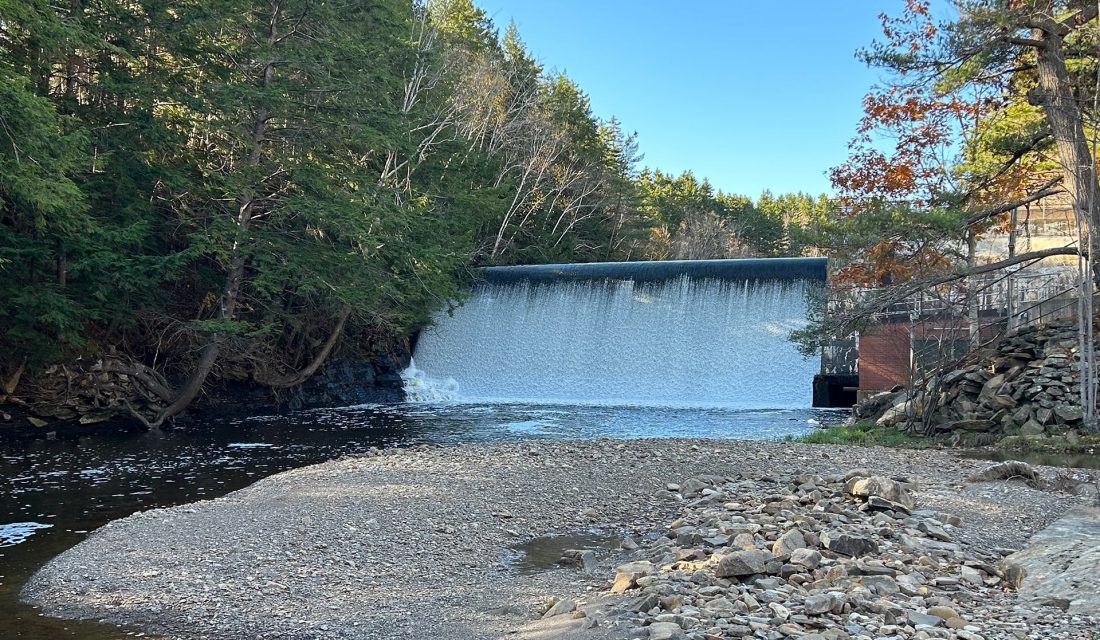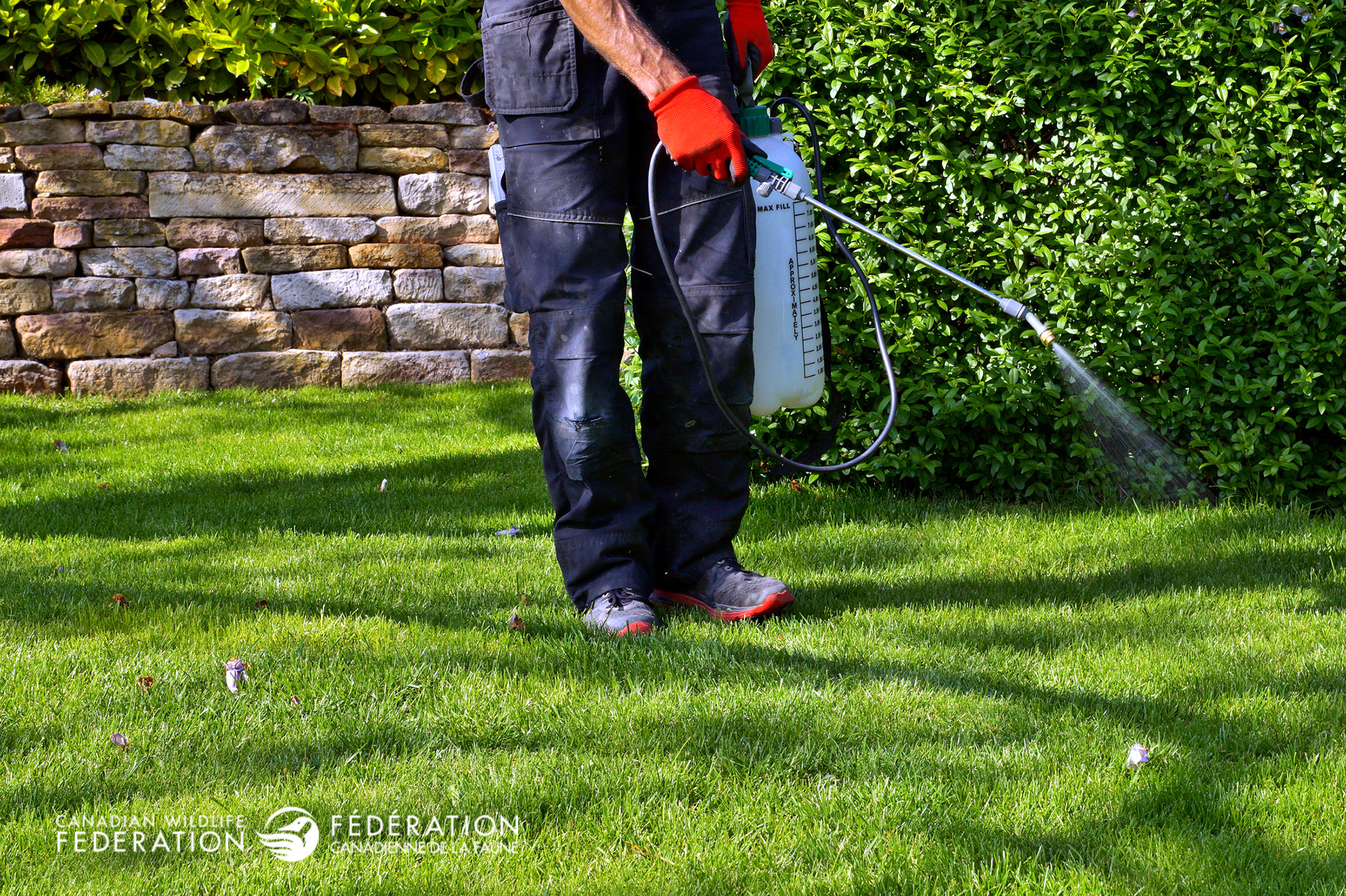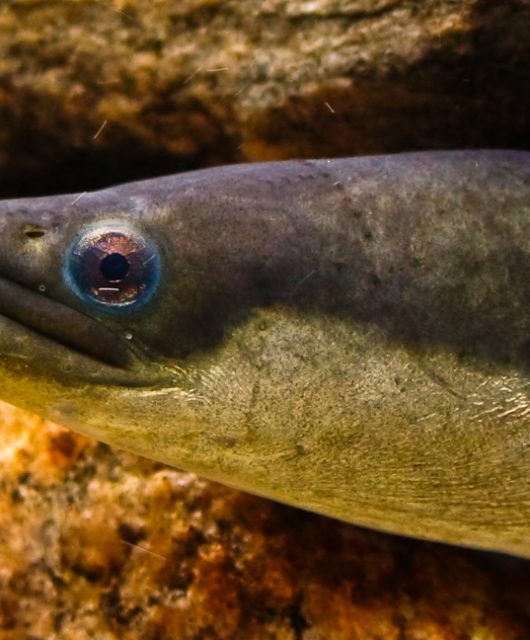Today is Canadian Rivers Day, a day celebrated every year on the second Sunday in June.
It’s a day to remember the importance of conserving the heritage and health of our rivers.
Let’s spend this day keeping our freshwater top of mind. Because they need our help. There are four major threats facing our streams, lakes and rivers as well as the species that call them home:
#1 – Habitat Destruction

Every year thousands of small projects like culverts, bridges and more across Canada go forward and destroy aquatic habitat. When these projects go ahead, it can lead to habitat loss that affects all kinds of freshwater creatures from salmon that can’t reach their spawning grounds to beavers that struggle with not having proper water flow. A whopping one-third of Canada’s freshwater fish are at-risk of extinction and habitat destruction only hinders our chances of helping them.
#2 – Barriers

Over the years, we have built hundreds of thousands of dams, culverts, levees and road crossings. There are more than 40,000 dams in Canada and only about 400 have fishways (which help them to pass through)! Unfortunately, these barriers impair the ability of many of our favourite fish species from migrating and have caused many populations to plummet.
B.C. salmon species, Atlantic salmon, Lake Sturgeon, American Shad, Alewife and Northern Pike have found themselves blocked time and time again as they try to make their way between different habitats in oceans, lakes and rivers.
#3 – Urban Runoff

Urban runoff is considered one of the largest water pollution challenges for a city, not to mention a main source of toxic chemicals for urban waterways. As rain and snow melt travels over impermeable surfaces such as roads, driveways, rooftops, parking lots, sidewalks, even lawns it picks up a variety of pollutants such as fuel, oil, rust, road salt, pesticides, fertilizers, sediment and pet wastes.
It should be no surprise that by the time all this runoff reaches a local stream, river or lake that this pollution cocktail contaminates water harming fish and other aquatic organisms.
#4 – Chemicals and Pesticides
 Pesticides can truly do serious damage on our lakes, rivers and oceans. Neonicotinoids are currently the most commonly use pesticide in the world. It contaminates the soil of treated plants and when it rains, the residue of these pesticides are carried to waterways, where they become common contaminants of surface waters. They can harm all sorts of wildlife too – from aquatic invertebrates to amphibians.
Pesticides can truly do serious damage on our lakes, rivers and oceans. Neonicotinoids are currently the most commonly use pesticide in the world. It contaminates the soil of treated plants and when it rains, the residue of these pesticides are carried to waterways, where they become common contaminants of surface waters. They can harm all sorts of wildlife too – from aquatic invertebrates to amphibians.
The Canadian Wildlife Federation is working hard to turn the tide on the threats facing our freshwater and the species that live there.
Canada’s freshwater fish, turtles and insects can’t speak for themselves, so it’s up to us to speak up for them. This spring the Parliamentary Committee on Fisheries and Oceans will be meeting to review the effectiveness of the Fisheries Act. We at the Canadian Wildlife Federation believe that the Fisheries Act needs to be more effective on how it protects water and wildlife.
If you haven’t already, let the Parliamentary Committee on Fisheries and Oceans know that you care deeply about Canada’s freshwater.






2 comments
Extremely informative
Thank you
Enjoying the read
Interesting article. You mentioned dams and barriers and its not only large dams that destroy wild rivers but also, especially in BC, smaller independent power projects. These are sold to the public as “run-of-river” green hydro projects but they are only green in that they produce energy from renewable resoruces. However upon closer inspection theyre not green. They are, in actual fact, river diversion projects and they also open up the watersheds to other industry like logging and mining because once there’s a power project, they will build a good road or improve on existing roads thus attracting more industry or off-roaders that can lead to overtourism. At one time almost every large creek, stream and river in SW BC had a proposed river diversion independent power project attached to it. This was during the Gordon Campbell Era of BC politics. Scary what the BC Conservatives would do to our rivers if they get into power. We must vote NDP or Green in BC this Fall to save the rivers.